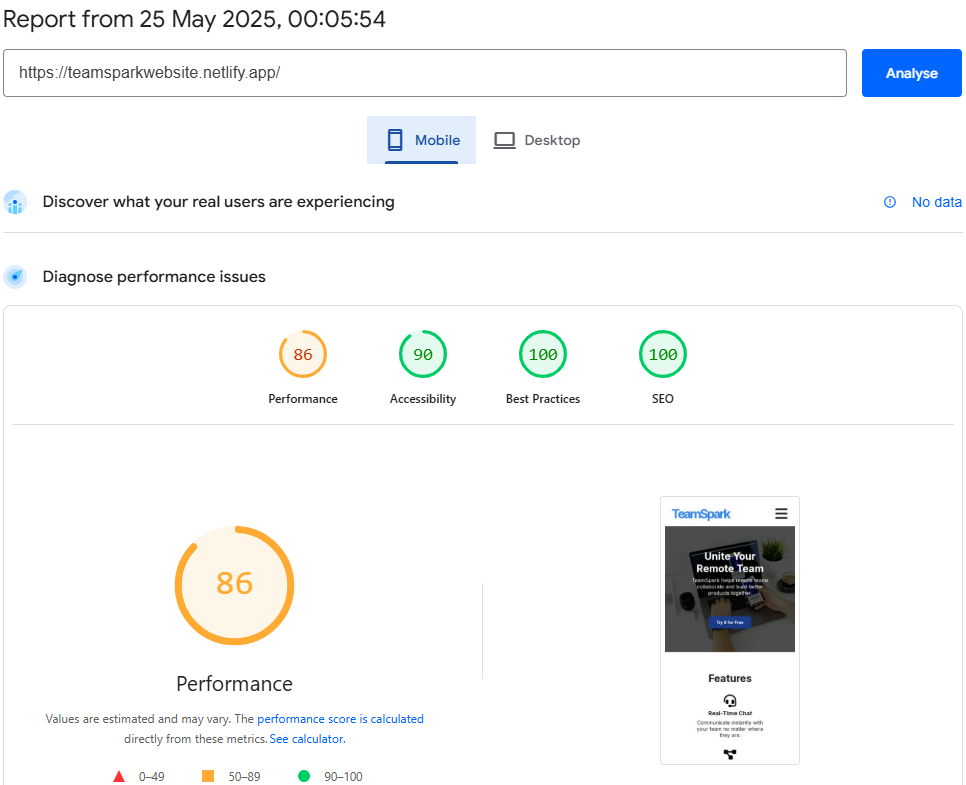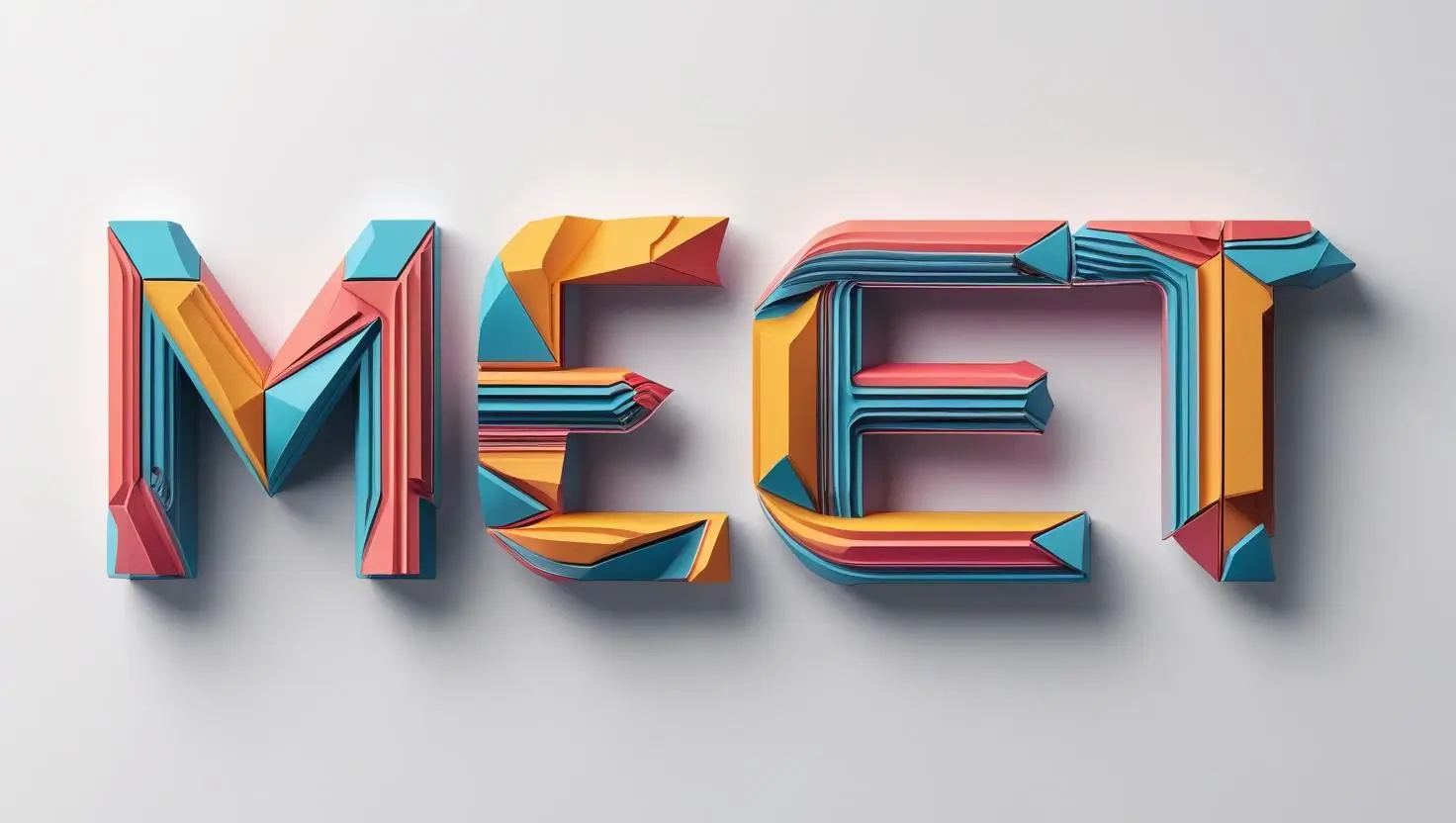A few days ago, I launched a project called Meet — a fictional platform designed to bring remote teams together through video, messaging, and shared workspaces. The live version is just below. But this wasn't just another frontend challenge. This was me testing something bigger: 🧪 Could I build, deploy, and market a real MVP on my own terms? 👨💻 Could I apply everything I've learned about clean frontend architecture, accessibility, SEO, and performance — and make it feel alive? Here's how it all unfolded.
14 min read
✍️ Why This?
I picked the Meet challenge because it wasn’t just about layout or design mimicry — it was about purpose.
The idea of a remote collaboration app resonated deeply. In today’s world, teams are scattered, creatives are building globally, and remote-first is more than a buzzword — it’s how we work now. I wanted to build something that reflected that environment. Something simple, clean, and real.
I also needed a project that was portfolio-worthy — something I could confidently share with other professionals and
say:
👉 “This is how I work.”
🧠My Approach
This project started with a Pro-level Figma design from Frontend Mentor, and I treated it like a real-world client handoff. No framework shortcuts. No “quick fixes.” Just careful, deliberate frontend development from the ground up.
From the moment I opened the Figma file, I approached it with a builder’s mindset — not just recreating the visuals, but translating them into a semantically structured, accessible, and high-performance website.
- I used HTML5 with ARIA roles to ensure the markup was meaningful for assistive tech.
- Built a responsive layout using scalable CSS and a mobile-first approach.
- Implemented lazy loading for non-critical imagery to speed up page performance.
- Added structured data using JSON-LD to improve SEO and search visibility.
- Included Open Graph and Twitter card meta tags so that when the site is shared, it looks polished and professional.
This wasn't about copying a design. It was about engineering a working product that honors the design’s intent — while performing cleanly across devices, screen readers, and networks.
🎯 What I Learned
What stood out most in this project was how much the small details matter. It’s easy to focus on visual accuracy or code neatness. But things like:
- Which image loads first
- How a page behaves on keyboard navigation
- Whether a heading is actually semantic or just styled bold
…These are the things that differentiate a developer who codes from one who builds for users.
I also learned how powerful it is to treat projects like products. Not just things I make — but things I ship. That mindset shift changed everything.
💬 Intent
So… Why Am I Telling You This?
Because I'm looking to collaborate with designers. If you're a UI/UX creative or a brand designer looking for someone to:
- Bring your vision to life on the web
- Build a clean, responsive, accessible frontend
- Take your designs beyond just a Dribbble shot...
…I'd love to talk.
This project is just the beginning of a new chapter where I pair up with talented creatives and bring beautiful designs
to life — fast, scalable, and production-ready.

Featuring Lighthouse records captured upon project completion. Click the "Records" link to view all records.
🤝 Let's Connect
If you've got a project or design that needs a frontend developer who truly cares about how things are built — not just what they look like — shoot me a message.
Authur's LinkedIn Profile Email me Visit Live site Lighthouse Report: For Desktop Lighthouse Report: For Mobile
Let's build something worth shipping.
